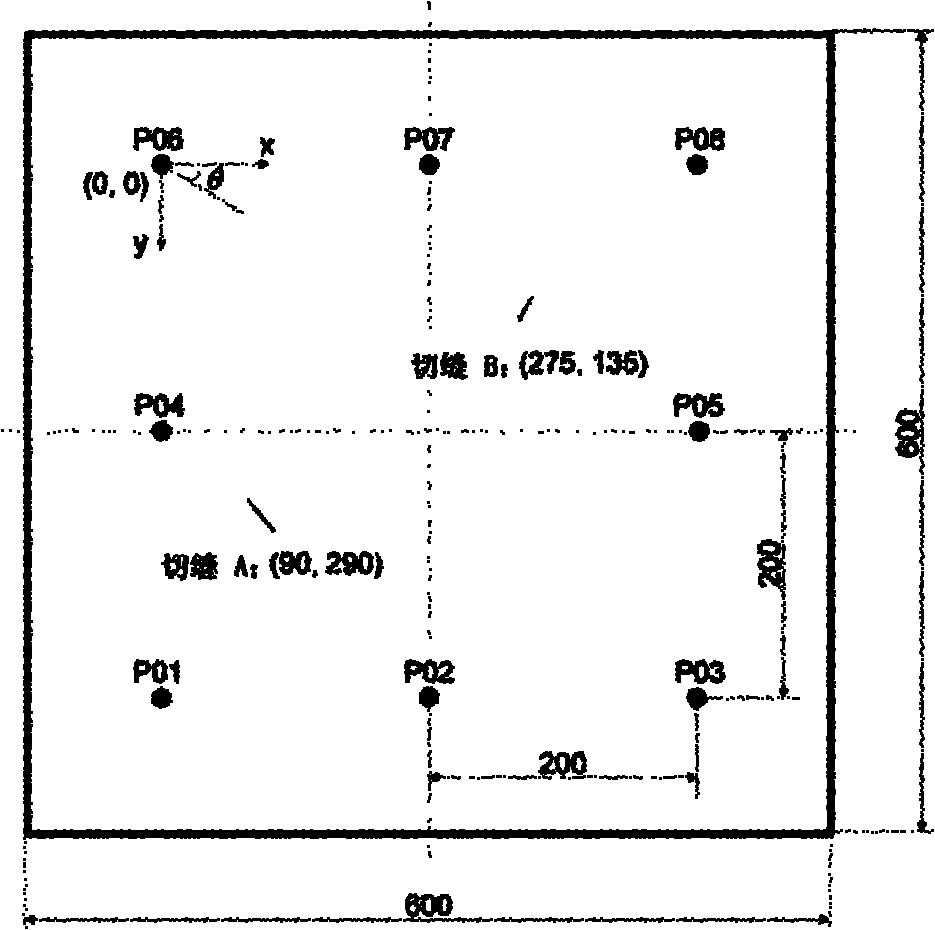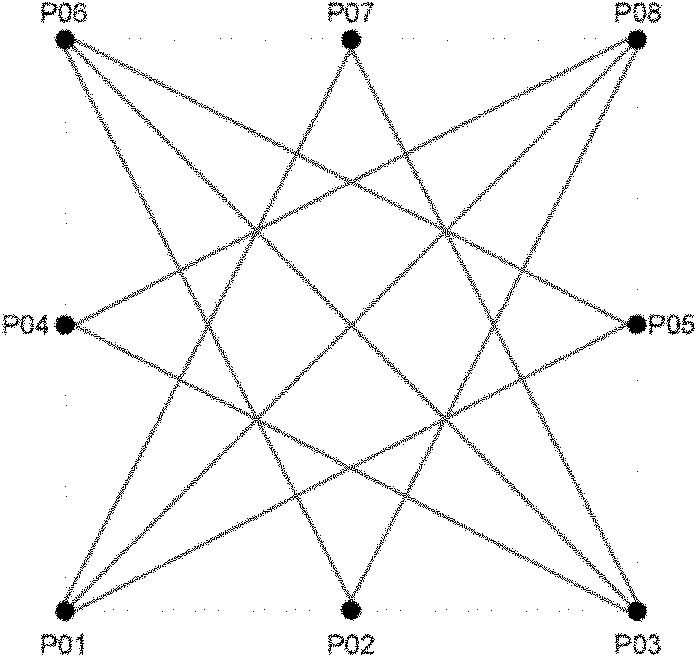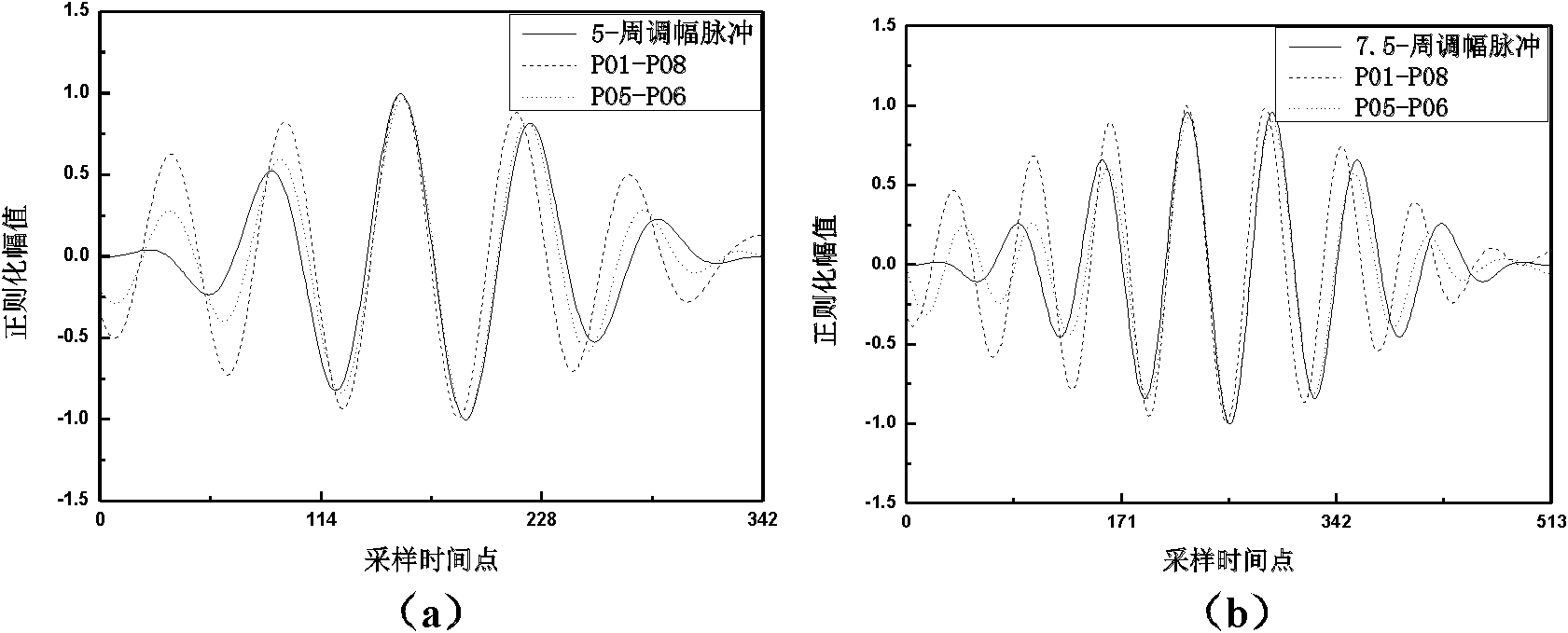Lamb wave-based autonomous damage identification imaging method
A technology of damage identification and imaging method, which is applied in the processing of detection response signals and the use of sound waves/ultrasonic waves/infrasonic waves to analyze solids, etc. It can solve the problems of inability to meet real-time performance and online performance, reduce damage identification and positioning accuracy, and achieve accurate Identify and locate multiple damages, meet real-time and online requirements, and avoid the effect of time-of-flight
- Summary
- Abstract
- Description
- Claims
- Application Information
AI Technical Summary
Problems solved by technology
Method used
Image
Examples
Embodiment Construction
[0021] The embodiments of the present invention are described in detail below. This embodiment is implemented on the premise of the technical solution of the present invention, and detailed implementation methods and specific operating procedures are provided, but the protection scope of the present invention is not limited to the following implementation example.
[0022] Take an aluminum plate specimen (600mm×600mm×2.0mm) with double slit defects, such as figure 1 shown. The specific location and size of double slit defects are listed in Table 1. Piezoelectric ceramic strain gauges are selected as transducers for excitation and induction wave signals. The sinusoidal AM pulses modulated by the Hanning window, with a center frequency of 300 kHz, and periods of 5-cycle and 7.5-cycle were selected as excitation signals to verify the effectiveness of the present invention in identifying multiple lesions.
[0023] Table 1
[0024]
[0025]
[0026] (1) Build a sensor net...
PUM
 Login to View More
Login to View More Abstract
Description
Claims
Application Information
 Login to View More
Login to View More - R&D
- Intellectual Property
- Life Sciences
- Materials
- Tech Scout
- Unparalleled Data Quality
- Higher Quality Content
- 60% Fewer Hallucinations
Browse by: Latest US Patents, China's latest patents, Technical Efficacy Thesaurus, Application Domain, Technology Topic, Popular Technical Reports.
© 2025 PatSnap. All rights reserved.Legal|Privacy policy|Modern Slavery Act Transparency Statement|Sitemap|About US| Contact US: help@patsnap.com



